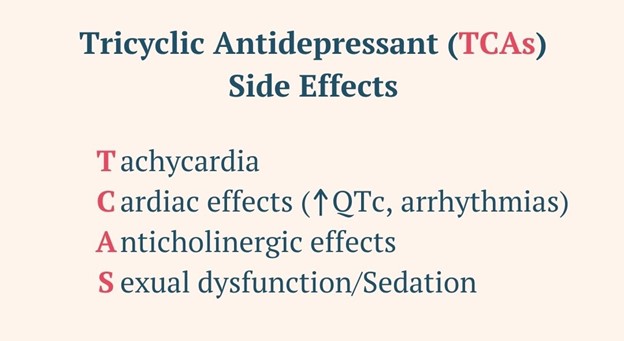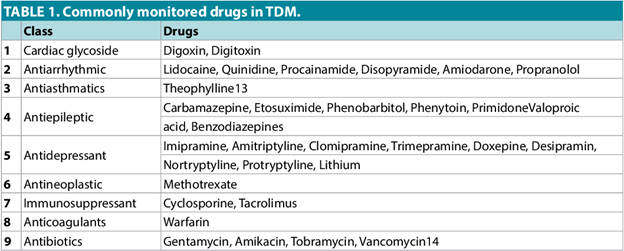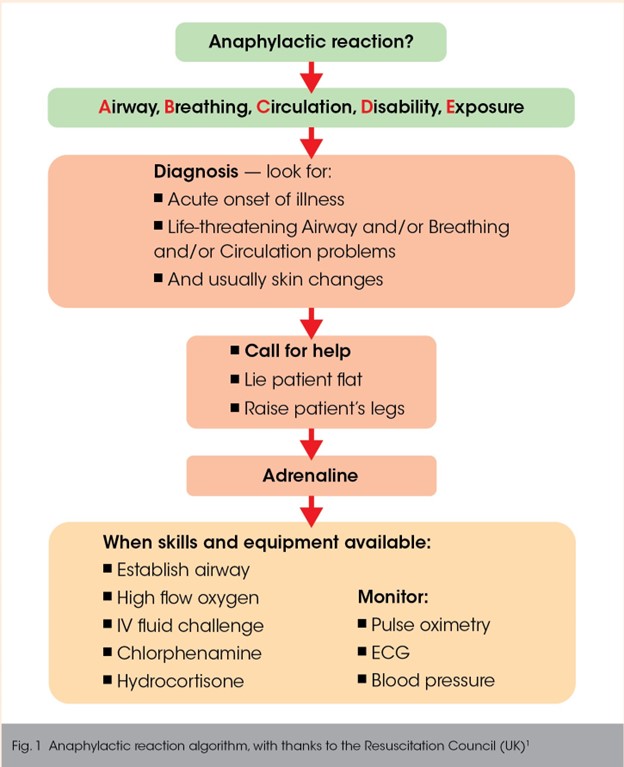A nurse is reviewing the laboratory results of a client who is taking amitriptyline. Which of the following laboratory values should the nurse report to the provider?
Total bilirubin 1.5 mg/dL
Potassium 4.2 mEq/L
WBC count 5,000/mm³
Hct 44
The Correct Answer is A
A. The nurse should report the Total bilirubin 1.5 mg/dL to the provider.
Amitriptyline is an antidepressant medication, and elevated total bilirubin levels can indicate potential liver dysfunction or impairment. It's important to report any significant changes in liver function values to the provider, especially when a client is taking medications that can affect liver metabolism. The other laboratory values mentioned are within normal ranges and would not typically be of concern in the context of amitriptyline use.
B. Potassium 4.2 mEq/L:
This value is within the normal range. Potassium levels of 4.2 mEq/L are considered normal. While potassium levels are important to monitor, this result does not indicate a need for immediate reporting.
C. WBC count 5,000/mm³:
This value is within the normal range. A white blood cell (WBC) count of 5,000/mm³ is within the typical range. It suggests a normal immune response and does not require reporting.
D. Hct 44: This value is incorrect. The hematocrit (Hct) value of 44 is not accompanied by the unit of measurement (percentage or fraction). Hematocrit values measure the proportion of red blood cells in the blood and are usually reported as a percentage. If this value is indeed 44%, it falls within a normal range for both men and women. However, if the unit is different (such as a 44% fraction), it might be an incorrect unit conversion. The nurse should verify the unit of measurement and report any discrepancies or errors to the provider for clarification.

Nursing Test Bank
Naxlex Comprehensive Predictor Exams
Related Questions
Correct Answer is A
Explanation
A. "I will need to have blood levels drawn."
Theophylline is a medication used to treat respiratory conditions like asthma and chronic obstructive pulmonary disease (COPD). It is important to monitor the blood levels of theophylline because it has a narrow therapeutic range – meaning that there is a fine line between a therapeutic dose and a toxic dose. Regular blood tests help to ensure that the client is receiving the appropriate dose for their condition.
B. "I can take my medication in the morning with my coffee." - Theophylline should be taken consistently with meals, so taking it with coffee might not be ideal as it can affect its absorption.
C. "I may sprinkle the medication in applesauce." - Theophylline is usually taken as a sustained-release capsule, which means it is designed to release the medication slowly over time. Crushing or sprinkling the medication can disrupt this mechanism and lead to unintended consequences.
D. "I should limit my fluid intake while on this medication." - There's no requirement to limit fluid intake with theophylline, and in fact, adequate hydration can help prevent some side effects of the medication.

Correct Answer is D
Explanation
A. Replace the infusion with 0.9% sodium chloride:
Incorrect Explanation: While replacing the infusion with a different solution might be considered later, it's not the immediate next step.
Explanation: The primary concern during an anaphylactic reaction is ensuring the client's airway, breathing, and circulation. Addressing the medication infusion should come after stabilizing the client's condition.
B. Give diphenhydramine IM:
Incorrect Explanation: Administering diphenhydramine (an antihistamine) can be beneficial, but it's not the initial priority.
Explanation: Diphenhydramine can help mitigate allergic symptoms, but it's not the first-line treatment for severe anaphylaxis.
C. Elevate the client's legs and feet:
Incorrect Explanation: Elevating the legs and feet is not the appropriate action for managing anaphylaxis.
Explanation: During anaphylaxis, maintaining the airway, ensuring proper circulation, and administering appropriate medications take precedence over elevating the legs.
D. Administer epinephrine IM:
Correct Answer: Administering epinephrine (adrenaline) IM is the appropriate next step in managing anaphylaxis.
Explanation: Epinephrine is the first-line treatment for severe anaphylactic reactions. It helps counteract the symptoms of anaphylaxis by constricting blood vessels, improving circulation, and opening airways. Epinephrine should be administered promptly and followed by seeking emergency medical care.

Whether you are a student looking to ace your exams or a practicing nurse seeking to enhance your expertise , our nursing education contents will empower you with the confidence and competence to make a difference in the lives of patients and become a respected leader in the healthcare field.
Visit Naxlex, invest in your future and unlock endless possibilities with our unparalleled nursing education contents today
Report Wrong Answer on the Current Question
Do you disagree with the answer? If yes, what is your expected answer? Explain.
Kindly be descriptive with the issue you are facing.
